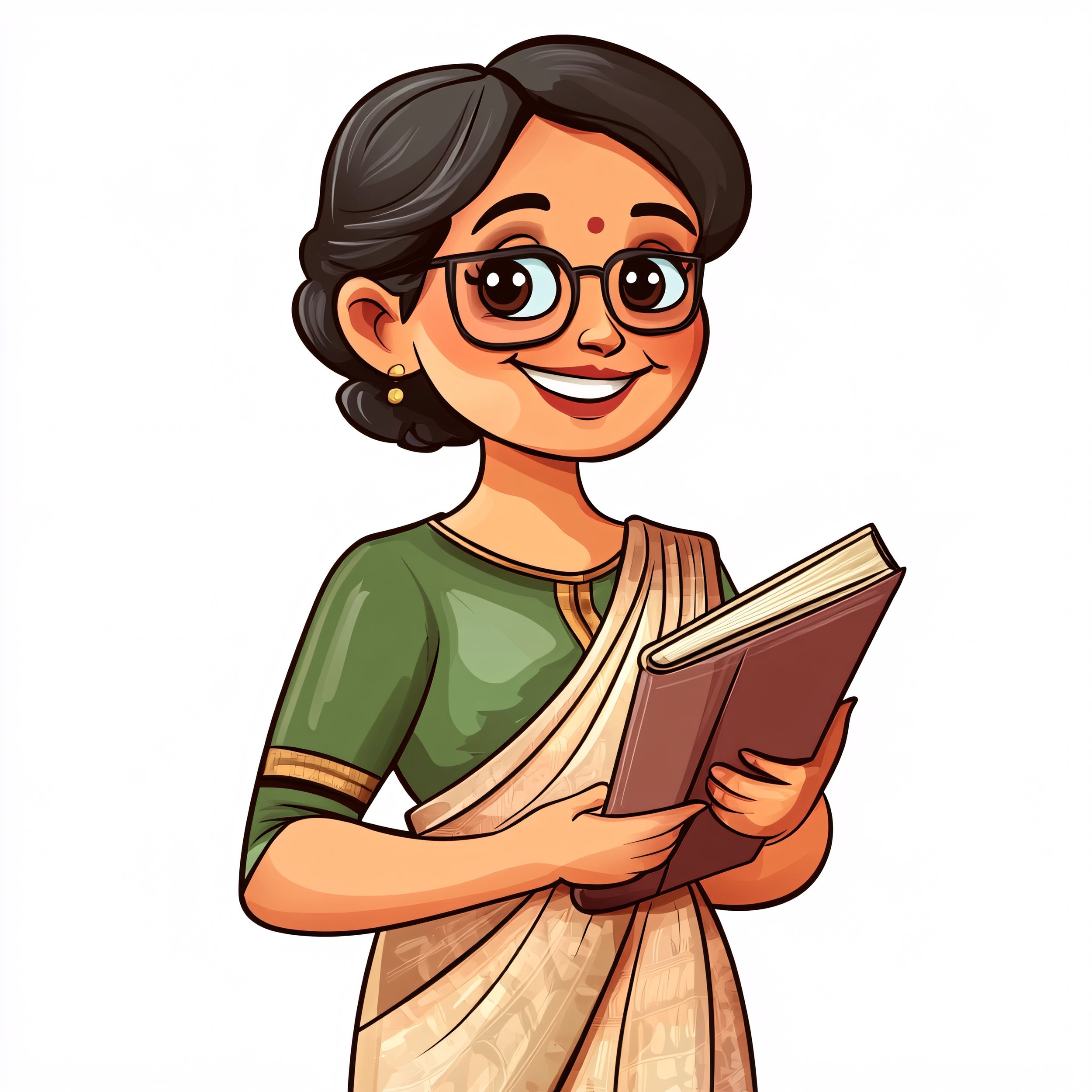Cognitive Theory
If you’re a teacher, you know all about cognitive learning. It’s our go-to theory, asking our students to think critically, problem-solve and remember. The process of gathering, organising and communicating lends itself to the cognitive learning theory.
Gathering requires a step-by-step exercise of viewing, listening and data collection. Organising is the winnowing or adding procedure. Findings are reported during the communication phase.
All three steps require cognition through critical thinking and problem-solving. The process is not limited to science and technology. Writing a persuasive text requires engagement with them.
Gathering, organising and communicating are needed to:
Create an art piece
Compose a song
Memorise a game plan
Solve math equations
Study and make sense of history
Choreograph a dance
Write non-fiction
Write fiction
Of course, relying on one learning theory alone would be unwise. Cognitive and social learning theories make a powerful team when combined. Science and technology classes benefit when the curiosity theory is plugged into cognitive theory.
It could be argued that the dot points above apply to school situations. I have never choreographed a dance outside of a classroom. There are, however, artists who specialise in such a pursuit. It’s not going too far out on a limb to suggest those people use a cognitive process of gathering, organising and communicating.

